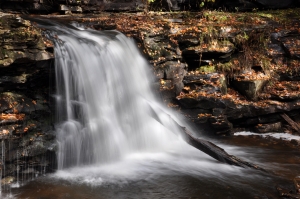
Got bugs? I hope so. Through all types of weather and throughout the year, local stream groups gather beside creeks and stick their hands in the cool water to look for signs of life. A healthy creek sustains larger life forms like fish and bears and all of that begins with the small bugs in the creek. They’re part of this bigger food chain.
Learning about invertebrates or animals without backbones can be an important part of a home schooling science project. These animals are the most abundant of any of the animals on earth, so it’s important to understand them. Understanding invertebrates is also a good way for a budding naturalist to begin to classify animals according to the number of legs, gill structures, and body parts.
You and your children can also contribute to local understanding of the local creeks. This is very important. If you have waterways in your area and you live in an urban area or in the suburbs, these waterways are likely under threat. By their nature, urban areas are not kind to creeks, since urban homes tend to pour a lot of fertilizers, pesticides, mud and concrete onto their properties. To all of these, the stream invertebrates say, “Yuck!”
To study stream invertebrates, choose a particular area of the creek to explore. If you want to be very scientific about it, choose an area a few feet square. This can be an area you return to again and again. Go down there with a margarine container or another container. Gently lift rocks and sticks into your bucket and wash them off, then return them to the creek. After a defined period of time, sort and classify what you have found.
If you have found mayflies, stoneflies, or caddisflies and you have a good selection of these organisms, your creek has good water quality. If you do not find these invertebrates, your creek may have poor water quality such as low oxygen levels or a very acidic or basic pH.
Check in with your local stream stewardship group to see if you can do this study throughout the year on the creek to update their information about the stream’s water quality.

